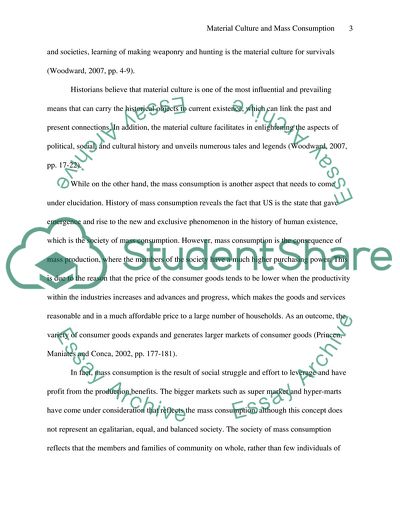Cite this document
(“Not Found (#404) - StudentShare”, n.d.)
Not Found (#404) - StudentShare. Retrieved from https://studentshare.org/culture/1772152-material-culture-and-mass-consumption
Not Found (#404) - StudentShare. Retrieved from https://studentshare.org/culture/1772152-material-culture-and-mass-consumption
(Not Found (#404) - StudentShare)
Not Found (#404) - StudentShare. https://studentshare.org/culture/1772152-material-culture-and-mass-consumption.
Not Found (#404) - StudentShare. https://studentshare.org/culture/1772152-material-culture-and-mass-consumption.
“Not Found (#404) - StudentShare”, n.d. https://studentshare.org/culture/1772152-material-culture-and-mass-consumption.


